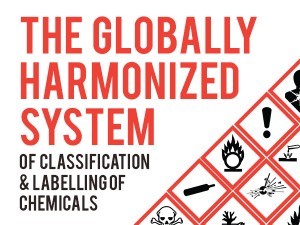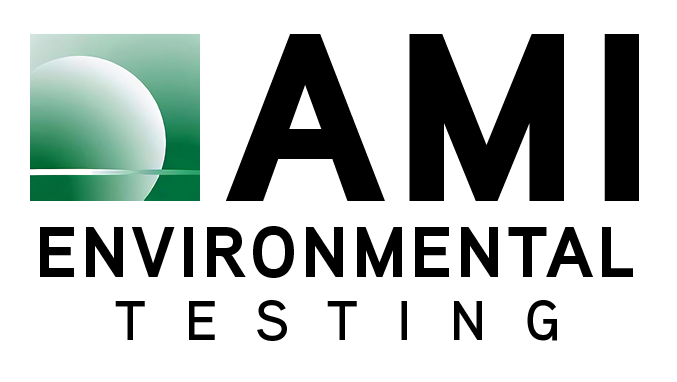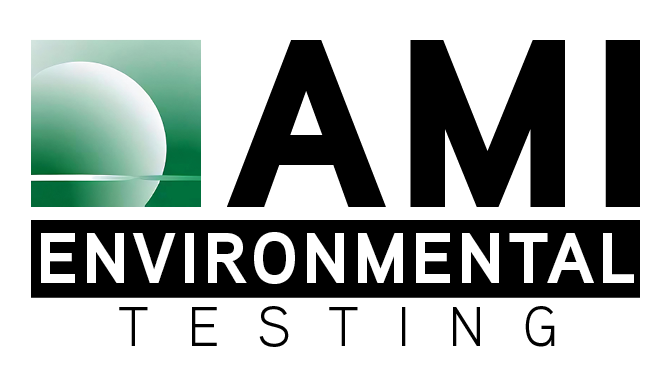 OSHA set a December 1, 2013 deadline for employers to train employees on the new Globally Harmonized System (GHS) system requirements, but if you haven’t already, that doesn’t mean it’s too late. Here’s what you need to know about the changes, and a guide to training your employees on the new requirements.
OSHA set a December 1, 2013 deadline for employers to train employees on the new Globally Harmonized System (GHS) system requirements, but if you haven’t already, that doesn’t mean it’s too late. Here’s what you need to know about the changes, and a guide to training your employees on the new requirements.
The basics:
There will be two major changes that employees need to be trained on:
- New SDS sheets: Chemical manufacturers will be required to switch from the traditional material safety data sheets (MSDS) to new safety data sheets (SDS), which will prioritize the most important and lifesaving information at the top.
- New labels: The new GHS standard requires usage of new labels that are more visual and include pictograms for quick-identification of chemical hazards and risks.
Chemical manufacturers are not required to have changes implemented until June 1, 2015, but employees will start seeing the new SDS sheets and labels much sooner as chemical manufacturers implement changes over the next few months. To eliminate any confusion and potential hazards, OSHA set a December 1, 2013 deadline to train employees on the new labels and SDS sheets.
Why are there new requirements?
Previous to the change, OSHA’s Hazard Communication standard was one of the most sited standards. OSHA hopes to improve compliance with this standard by adopting the Globally Harmonized System of Classification and Labeling of Chemicals. The new labeling requirements aim to make it easier for employees to identify hazardous chemicals, and to find the necessary first aid steps if an accident were to occur. With implementation of the new requirements, OSHA expects to see hundreds of fewer injuries and illnesses among employees and tens of millions in savings for businesses each year. Additionally, the new labels required by the change include pictograms that will be easier for non-English-speaking employees to understand.
What do your employees need to know about the changes?
Labels The most important thing for employees to learn is the meaning of the new pictograms that will be included on labels to clearly identify the types of hazards associated with a specified chemical. These pictograms will tell employees if any special care needs to be taken with the chemical, and if they need additional Personal Protective Equipment.
SDS Sheets The new SDS sheets prioritize the most important information about a chemical, including first aid steps, how to store it, and the potential hazards it poses. OSHA has identified the four major things employees need to know:
- Product Identifiers:Includes the chemical name, manufacturer, batch number, and contact information of the chemical manufacturer
- Signal Word: Indicates the hazard level of the chemical, ie: “danger” or “warning”
- Hazard Statement: Lists potential hazards of the chemical
- Precautionary Statement: Provides instruction on the steps to take in case of exposure



